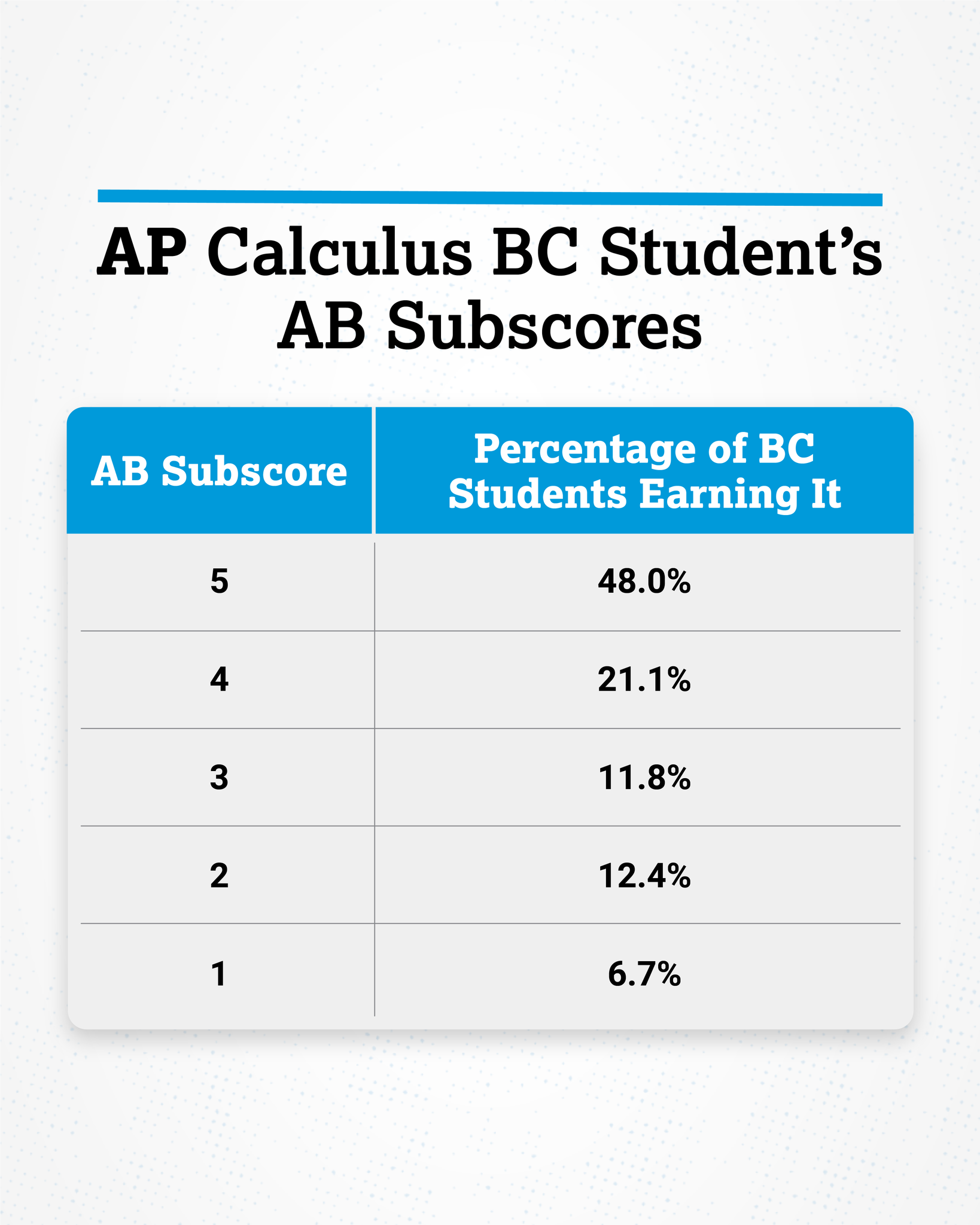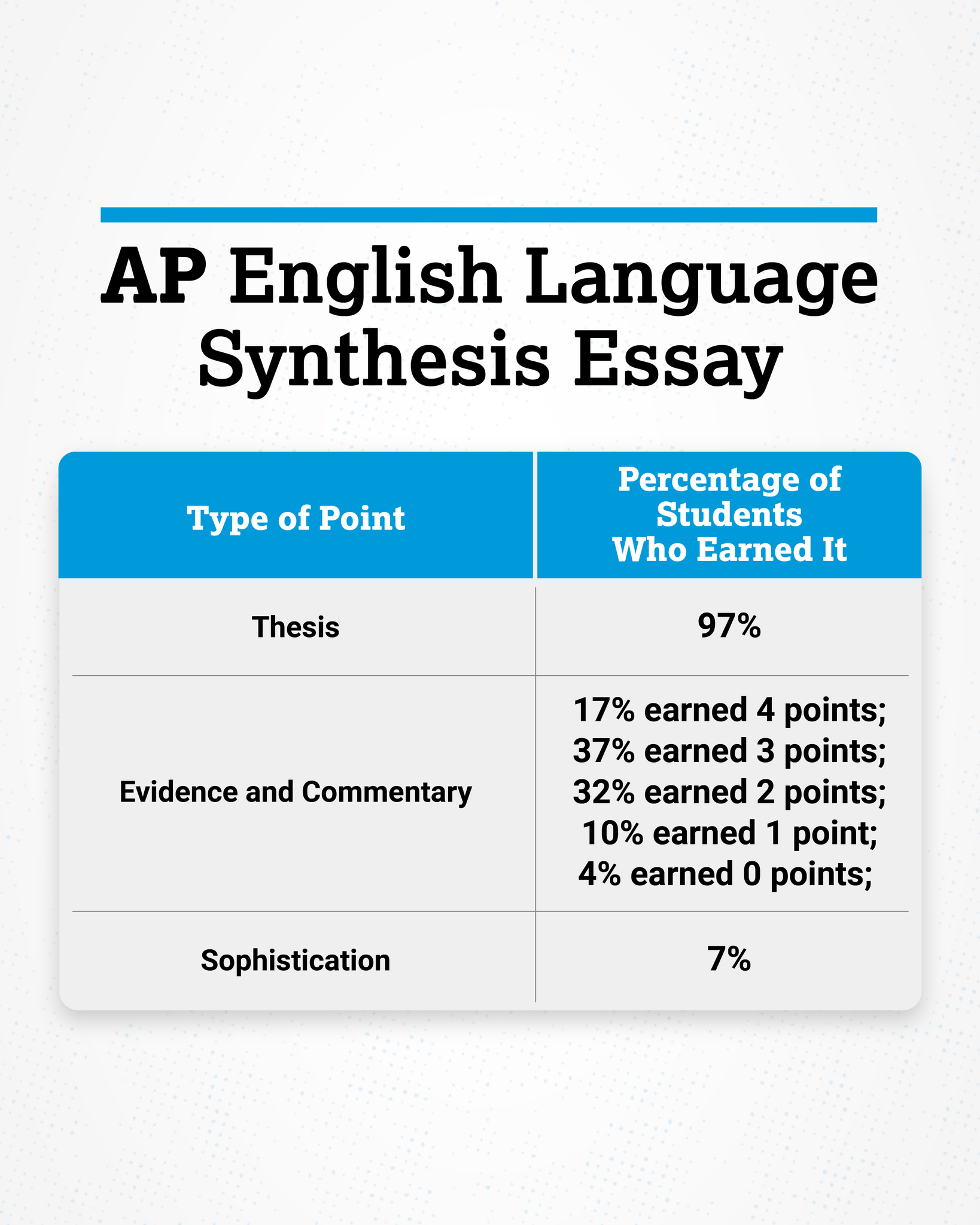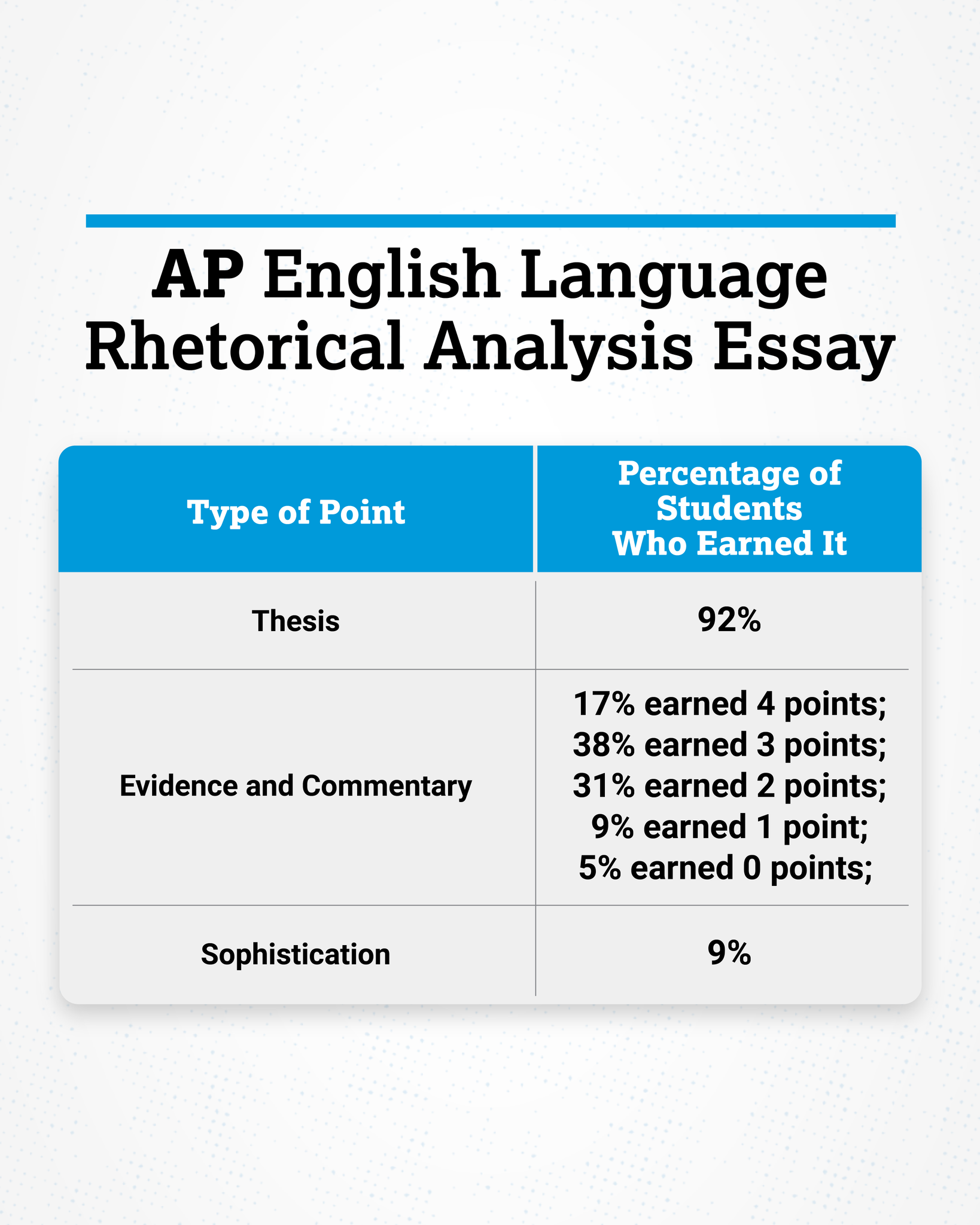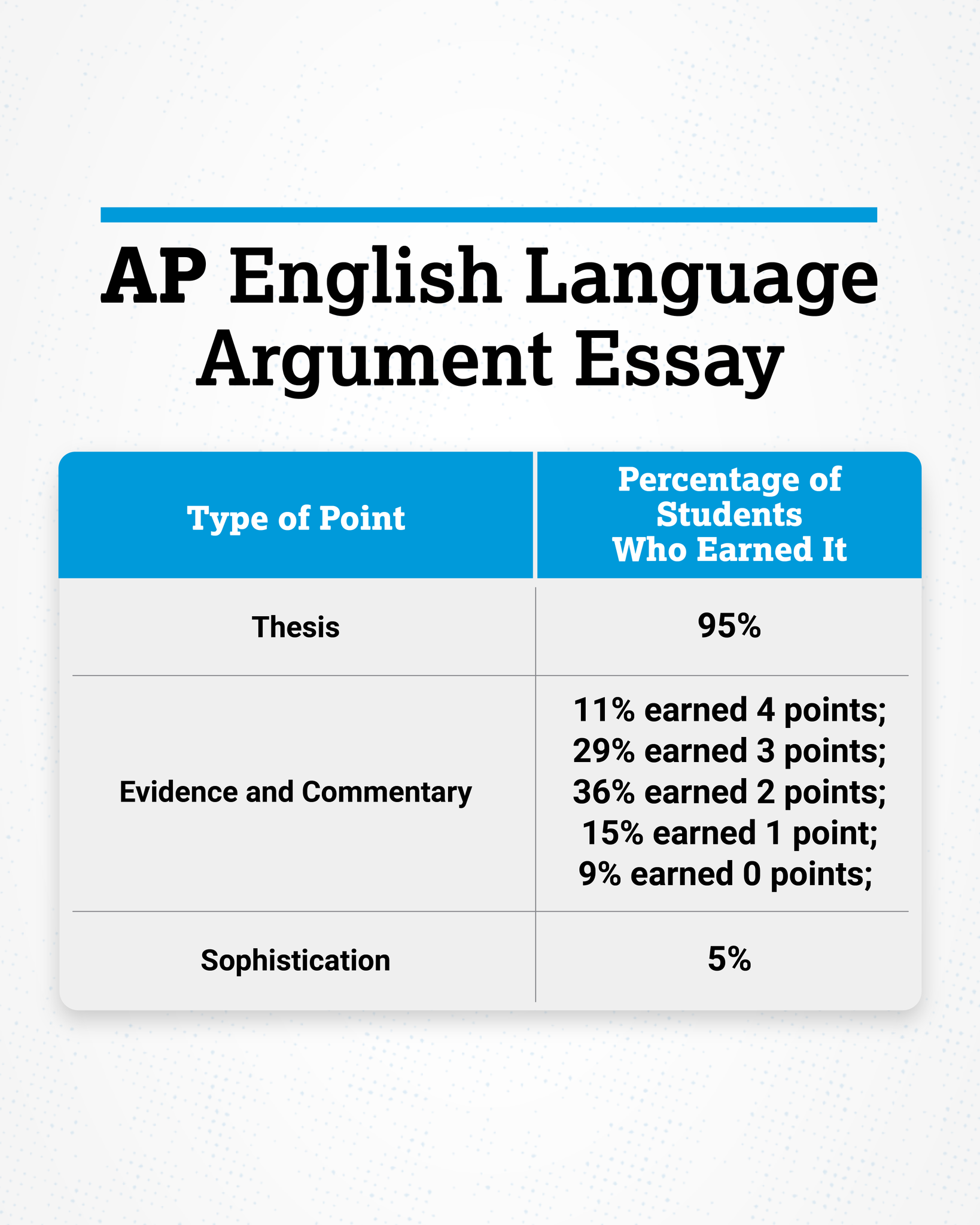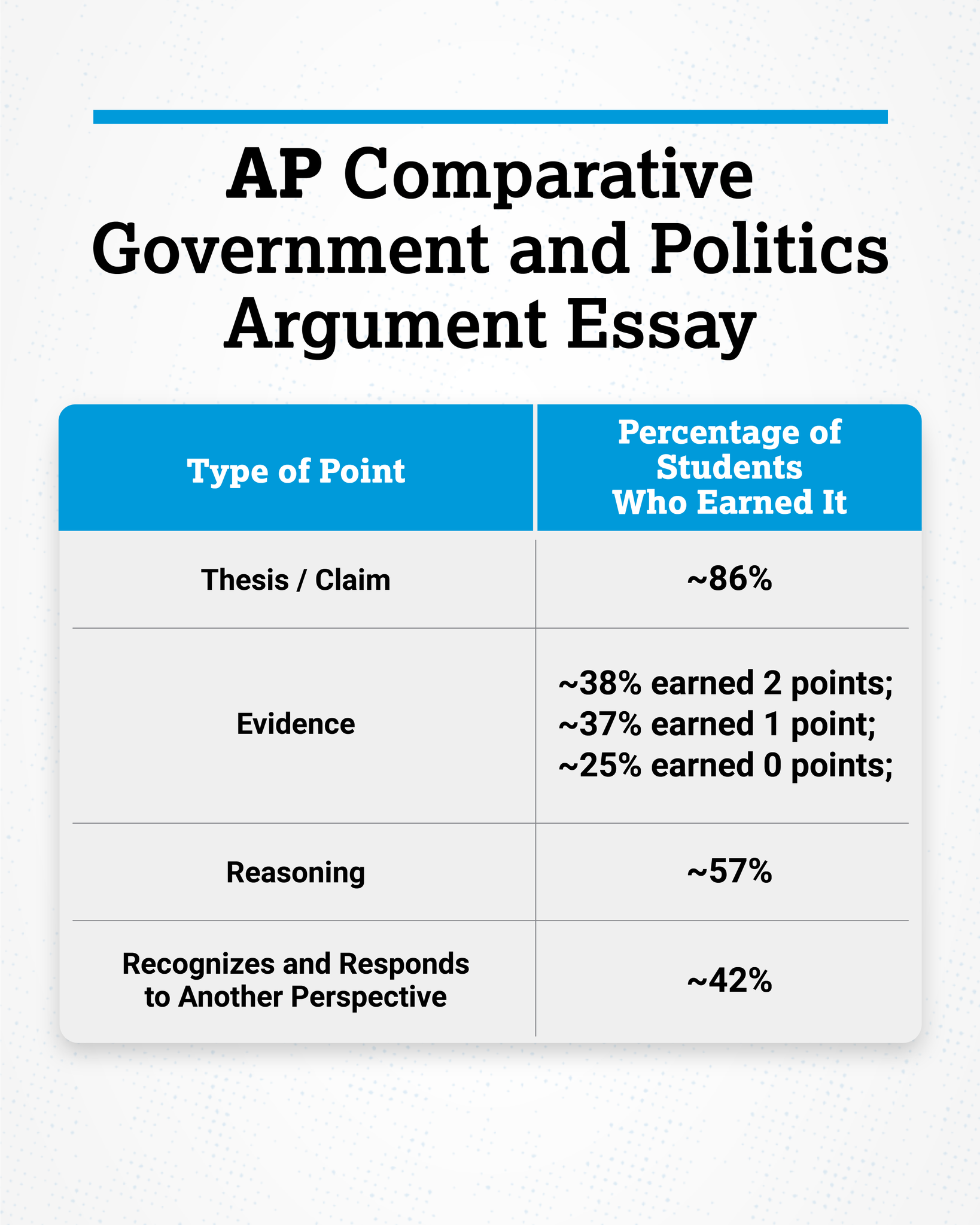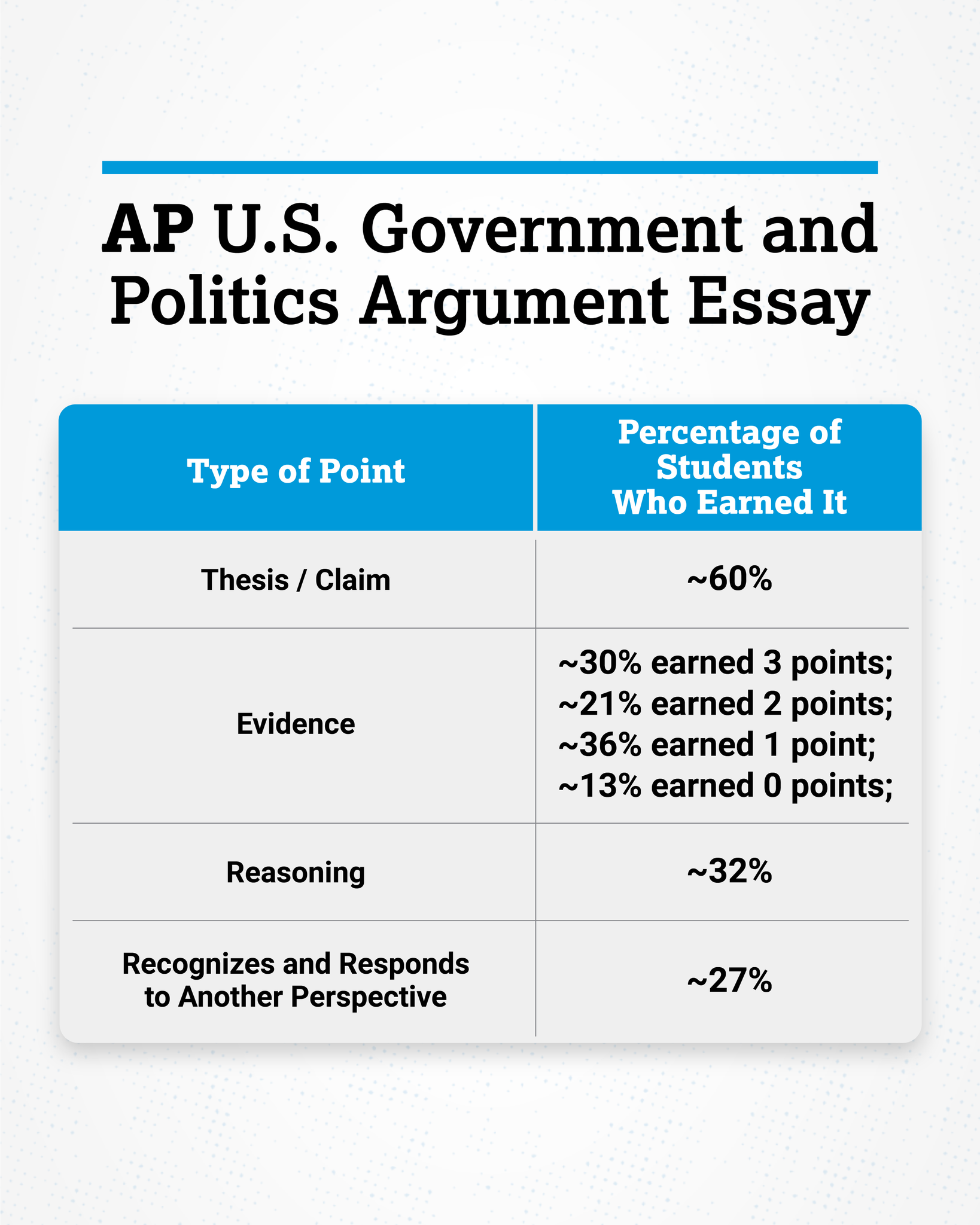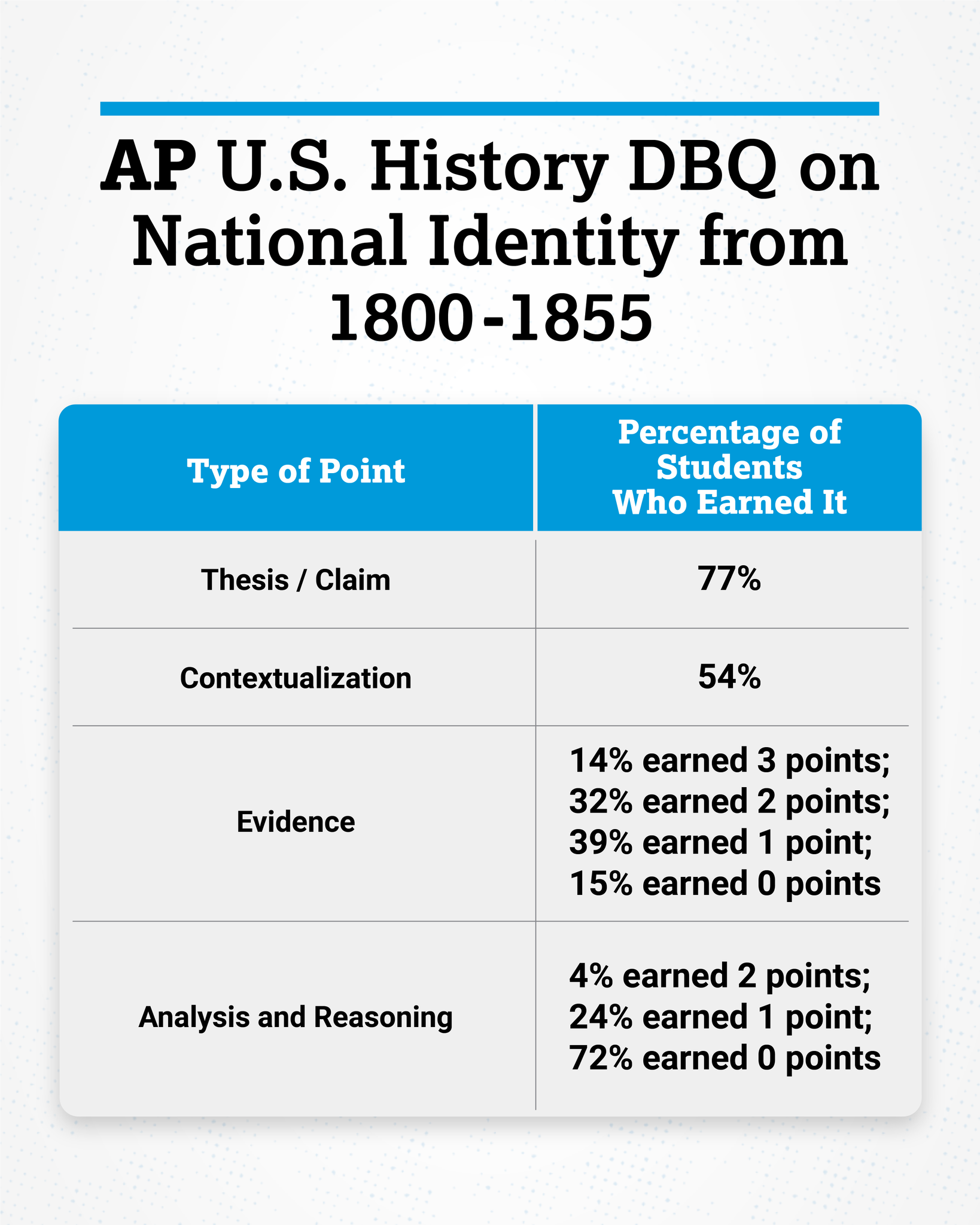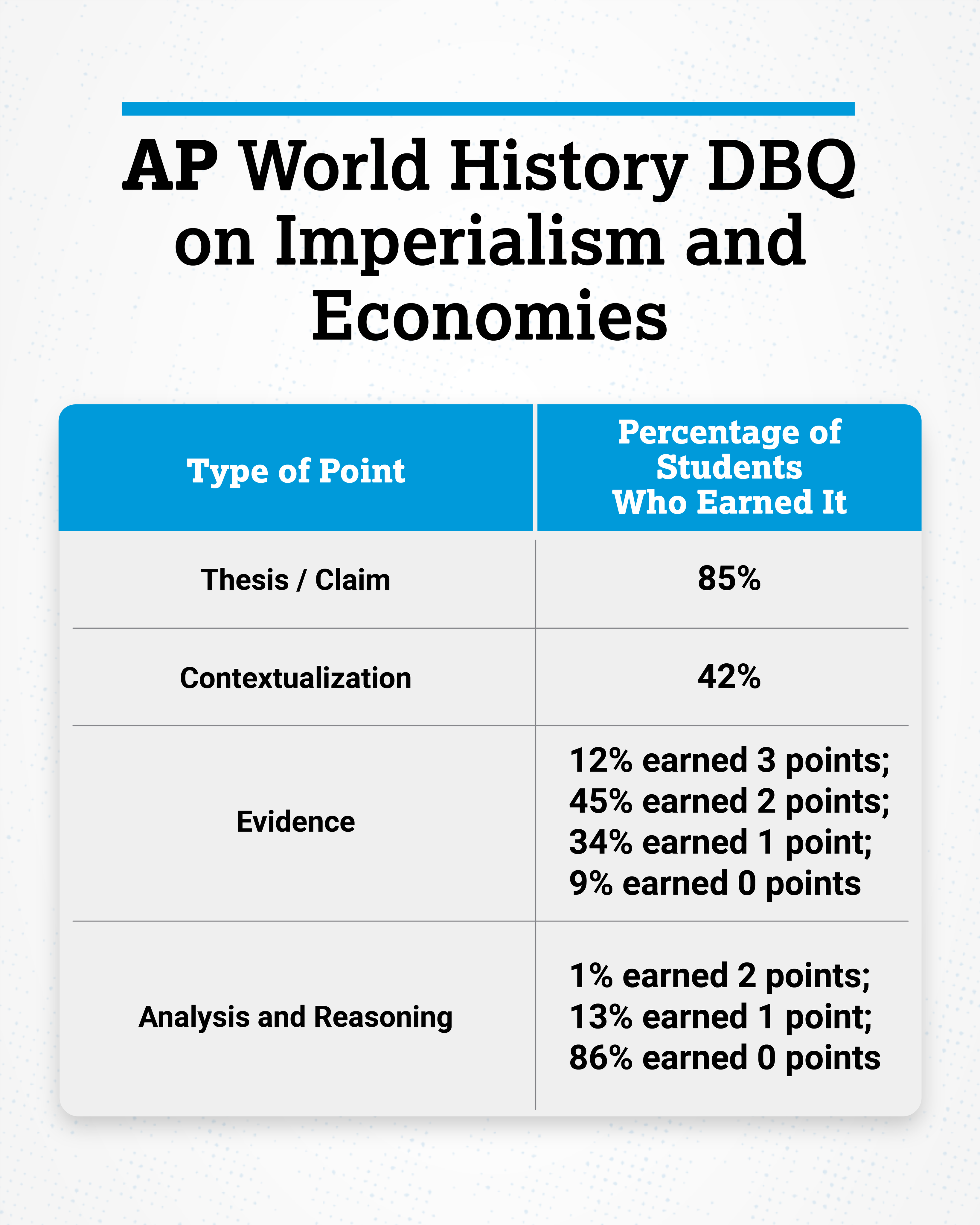2022 AP Exam Score Distributions
Total Registration has compiled the following scores from Tweets that the College Board's head of AP*, Trevor Packer, has been making during June. These are preliminary breakdowns that may change slightly as late exams are scored.
Please Follow @totalreg
as we Tweet every time this page is updated.
Please let others know about these AP Exam Score Distributions Tweet
In 2025, 470,000 students registered themselves online for 980,000 AP Exams at over 1000 schools using Total Registration's service. Request a no obligation estimate to see how cost effective this service is. Schools report saving over 120 hours by simplifying their registration using Total Registration.
Curious About the College Board's Finances? View a summary of the last 18 years of finances. Data was obtained from the College Board's 990s (IRS form for "Not for Profits"). It turns out, they are a very profitable "Not For Profit".
| AP Score Distributions | 2025 | 2024 | 2023 | 2022 | 2021 | 2020 | 2019 | 2018 | 2017 | 2016 | 2015 | 2014 | 2013 | 2012 | 2011 |
This table is sortable by clicking on the header - Clicking on an Exam Name will show a comparison of the score distributions for all years compiled
| Exam | 5 | 4 | 3 | 2 | 1 | 3+ | Date Tweeted | Trevor's Comments |
|---|---|---|---|---|---|---|---|---|
| 2-D Art and Design | 10.9% | 35.5% | 40.3% | 12.8% | 0.5% | 86.7% | Jun 27 |
|
| 3-D Art and Design | 6.5% | 28.6% | 38.5% | 23.8% | 2.6% | 73.6% | Jun 27 |
|
| Art History | 14.1% | 20.5% | 26.7% | 27.1% | 11.6% | 61.3% | Jun 23 |
|
| Biology | 14.8% | 23.1% | 29.9% | 21.7% | 10.5% | 67.8% | Jun 30 |
|
| Calculus AB | 20.2% | 16.1% | 19.1% | 22.7% | 22.0% | 55.4% | Jun 30 |
|
| Calculus BC | 40.9% | 15.5% | 20.5% | 16.6% | 6.5% | 76.9% | Jun 30 |
|
| Chemistry | 11.4% | 16.5% | 24.8% | 24.2% | 23.1% | 52.7% | Jun 24 |
|
| Chinese Lang. and Culture | 45.3% | 19.7% | 19.4% | 6.2% | 9.4% | 84.4% | Jun 28 |
|
| Computer Science A | 26.5% | 20.3% | 20.0% | 10.4% | 22.8% | 66.8% | Jun 23 |
|
| Computer Science Principles | 12.1% | 23.0% | 33.5% | 19.7% | 11.7% | 68.6% | Jun 23 |
|
| Drawing | 14.7% | 38.3% | 35.5% | 10.2% | 1.3% | 88.5% | Jun 27 |
|
| English Language | 10.2% | 21.0% | 24.3% | 30.0% | 14.5% | 55.5% | Jun 29 |
|
| English Literature | 16.6% | 27.2% | 34.0% | 14.3% | 7.9% | 77.8% | Jun 27 |
|
| Environmental Science | 9.0% | 27.4% | 17.5% | 25.9% | 20.2% | 53.9% | Jun 23 |
|
| European History | 13.3% | 20.9% | 24.4% | 29.9% | 11.5% | 58.6% | Jun 23 |
|
| French Language | 12.2% | 23.6% | 35.2% | 22.9% | 6.1% | 71% | Jun 29 |
|
| German Language | 17.6% | 18.2% | 27.5% | 24.4% | 12.3% | 63.3% | Jun 28 |
|
| Government and Politics, Comp. | 15.0% | 23.8% | 30.6% | 17.1% | 12.8% | 69.4% | Jun 29 |
|
| Government and Politics, US | 12.1% | 10.9% | 25.9% | 25.7% | 25.4% | 48.9% | Jun 29 |
|
| Human Geography | 14.7% | 18.7% | 19.7% | 15.1% | 31.9% | 53.1% | Jun 24 |
|
| Italian Language and Culture | 19.9% | 19.7% | 28.8% | 19.8% | 11.8% | 68.4% | Jun 29 |
|
| Japanese Lang. and Culture | 45.8% | 10.1% | 16.8% | 8.1% | 19.2% | 72.7% | Jun 29 |
|
| Latin | 11.1% | 16.0% | 29.8% | 24.5% | 18.6% | 56.9% | Jun 30 |
|
| Macroeconomics | 15.3% | 19.7% | 15.6% | 15.5% | 34.0% | 50.6% | Jun 24 |
|
| Microeconomics | 16.0% | 22.1% | 18.9% | 17.6% | 25.3% | 57% | Jun 24 |
|
| Music Theory | 18.6% | 17.6% | 25.6% | 24.0% | 14.2% | 61.8% | Jun 28 |
|
| Physics 1 - Algebra Based | 7.4% | 16.8% | 18.1% | 27.5% | 30.2% | 42.3% | Jun 22 |
|
| Physics 2 - Algebra Based | 15.1% | 17.8% | 35.8% | 24.7% | 6.6% | 68.7% | Jun 22 |
|
| Physics C E&M | 30.0% | 24.5% | 14.3% | 18.3% | 12.9% | 68.8% | Jun 22 |
|
| Physics C Mech. | 25.3% | 26.8% | 21.5% | 15.8% | 10.6% | 73.6% | Jun 22 |
|
| Psychology | 16.9% | 22.3% | 19.3% | 13.1% | 28.5% | 58.5% | Jun 28 |
|
| Research | 12.6% | 25.8% | 44.2% | 13.4% | 4.0% | 82.6% | Jun 24 |
|
| Seminar | 12.3% | 20.6% | 55.4% | 10.8% | 0.9% | 88.3% | Jun 24 |
|
| Spanish Language | 23.5% | 28.6% | 29.9% | 14.9% | 3.1% | 82% | Jun 30 |
|
| Spanish Literature | 7.4% | 22.0% | 33.8% | 24.5% | 12.3% | 63.2% | Jun 22 |
|
| Statistics | 14.3% | 22.1% | 23.5% | 16.7% | 23.4% | 59.9% | Jun 28 |
|
| United States History | 10.7% | 15.6% | 21.9% | 23.0% | 28.7% | 48.2% | Jun 27 |
|
| World History | 12.9% | 21.7% | 27.2% | 23.8% | 14.4% | 61.8% | Jun 28 |
|
